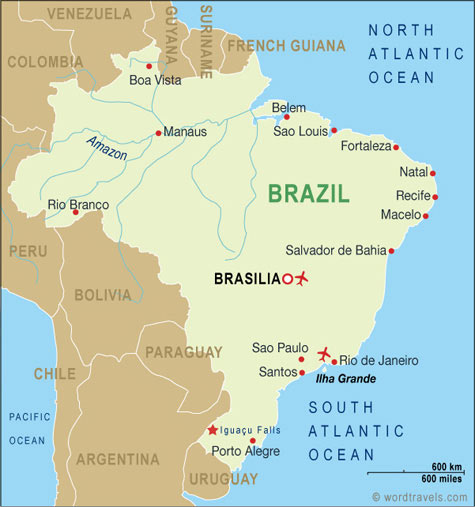An introduction to the coffee-producing areas of the world; a detailed introduction of the coffee-producing country of Colombia
Figure 1: traditional producing areas: central MAM & eastern producing areas
Common boutique producing areas: Huila,Narino,Cauca
In the sixteenth century, Jesus missionaries brought coffee to Colombia. Colombian coffee went abroad for the first time in 1835, when the export volume was only 2000 bags. Today, Colombia exports millions of coffee. Although Colombia was overtaken by Vietnam several years ago in the ranking of total global coffee production, there is nothing more to say, given that Vietnam produces almost 100% robusta.
When it comes to Colombian coffee, we have to mention the classic image in the history of coffee marketing, Uncle Waltz (Juan Valdez) and his donkey. In 1959, Colombia vigorously promoted its own coffee in the United States, imagining the image of a coffee farmer, bearded Uncle Waltz in a straw hat. At that time, the American people, watered by coffee merchants represented by Foggs Folgers, had been successfully submerged by the sea of shoddy coffee. Uncle Waltz and his hard-working donkey finally succeeded in arousing Uncle Sam's interest in coffee quality, and Colombia also successfully established its own image of quality coffee.
Photo 2: uncle Waltz and his donkey, a classic case in the history of coffee marketing
Over the years, the mention of Colombian coffee is almost synonymous with Balance and mild coffee. Conducive to the appropriate environment and the coordination of the national coffee organization, the quality of Colombian coffee is basically considered stable and reliable, and is the representative of moderate coffee. Due to the long-term use of particle size as the basis for grading, Colombian coffee beans have always left the impression of neatness and beauty.
Colombian coffee traditionally has two producing areas: the central and eastern regions. The central part represents the MAM producing areas, while the eastern producing areas of Medellin, Armenia and Manizales; are mainly distributed in the mountainous areas around the capital Bogota and Bucaramanga. While promoting the concept of boutique coffee, the name of Colombian coffee is no longer just a simple supremo and excelso grade label, but began to refine the producing areas, common boutique coffee producing areas including Narino, Cauca, Huila and so on.
Colombian coffee can be used not only as a single-origin coffee, but also as a guest of mixed coffee. Before the quality of Brazilian coffee was carefully controlled, Colombian coffee was also the best choice for Italian concentrated recipes for roasters.
With the increasing attention of all parties to coffee producing areas, coffee tourism (coffee tourism) for coffee producing areas has also become popular. There are already mature tourism routes that can visit Colombia and surrounding Brazil, Ecuador and other producing areas to facilitate people to talk directly with industrious coffee farmers.
Colombia, once famous for cocaine and kidnapping, has changed. Cocaine production has been surpassed by Peru and Bolivia, and security has been greatly improved. "on the other hand, being kidnapped is not necessarily a bad thing," some optimists joked. It may be a rare opportunity to meet the most authentic top coffee in a cell.
Figure 3: location of Colombia
Source:
Qingdao Xiumen Coffee blog
Important Notice :
前街咖啡 FrontStreet Coffee has moved to new addredd:
FrontStreet Coffee Address: 315,Donghua East Road,GuangZhou
Tel:020 38364473
- Prev

What kind of coffee beans do you have in Brazil? what do you have in Brazil? how do you drink Brazilian coffee?
The name of Brazilian coffee: Brazil Santos 2 mentions Brazilian coffee, the most famous of which is Brazil Santos, which is called Brazil Bourbon Santos when raw coffee beans are Arabica bourbon. Santos is generally translated as Sandos and Santos in Chinese. Santos is located in the state of Sao Paulo, Brazil, a seaport city, from the state capital of Sao Paulo (Sao Pa)
- Next

World Coffee Estate
Indonesia is a country of thousands of islands. Coffee is produced on the main islands. The most famous ones are Sumatra, Sulawisi and Java. (Bali Sumatra Coffee Sumatra
Related
- Does Rose Summer choose Blue, Green or Red? Detailed explanation of Rose Summer Coffee plots and Classification in Panamanian Jade Manor
- What is the difference between the origin, producing area, processing plant, cooperative and manor of coffee beans?
- How fine does the espresso powder fit? how to grind the espresso?
- Sca coffee roasting degree color card coffee roasting degree 8 roasting color values what do you mean?
- The practice of lattes: how to make lattes at home
- Introduction to Indonesian Fine Coffee beans-- Java Coffee producing area of Indonesian Arabica Coffee
- How much will the flavor of light and medium roasted rose summer be expressed? What baking level is rose summer suitable for?
- Introduction to the characteristics of washing, sun-drying or wet-planing coffee commonly used in Mantenin, Indonesia
- Price characteristics of Arabica Coffee Bean Starbucks introduction to Manning Coffee Bean Taste producing area Variety Manor
- What is the authentic Yega flavor? What are the flavor characteristics of the really excellent Yejasuffi coffee beans?

